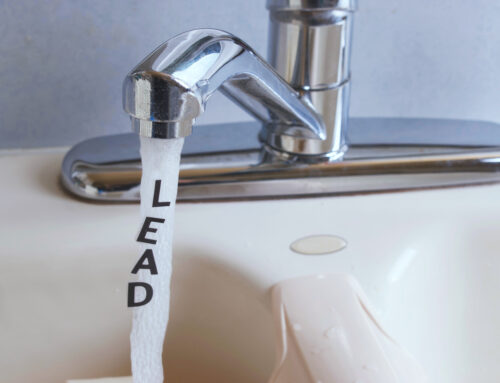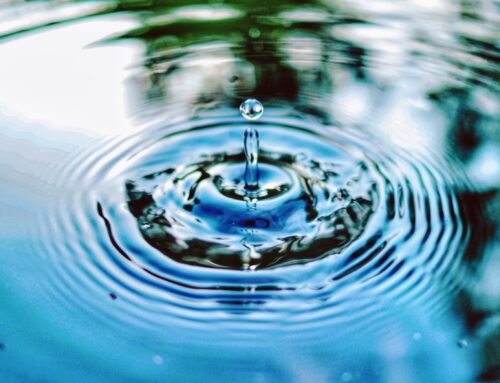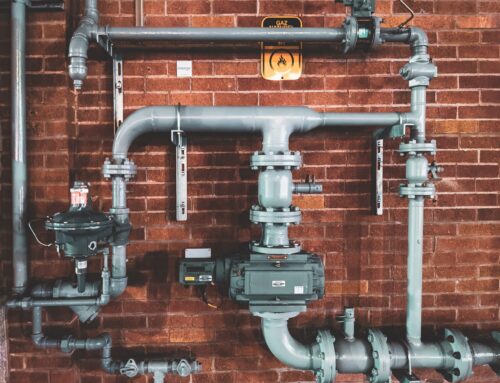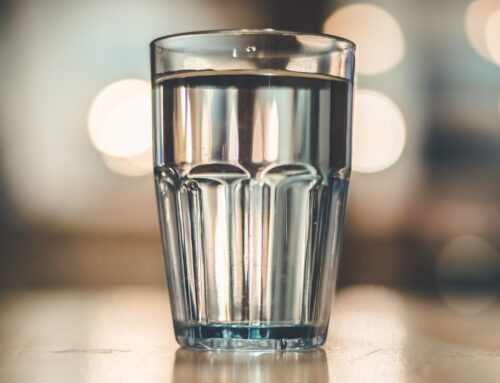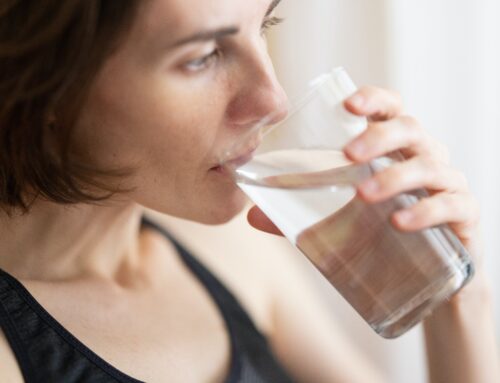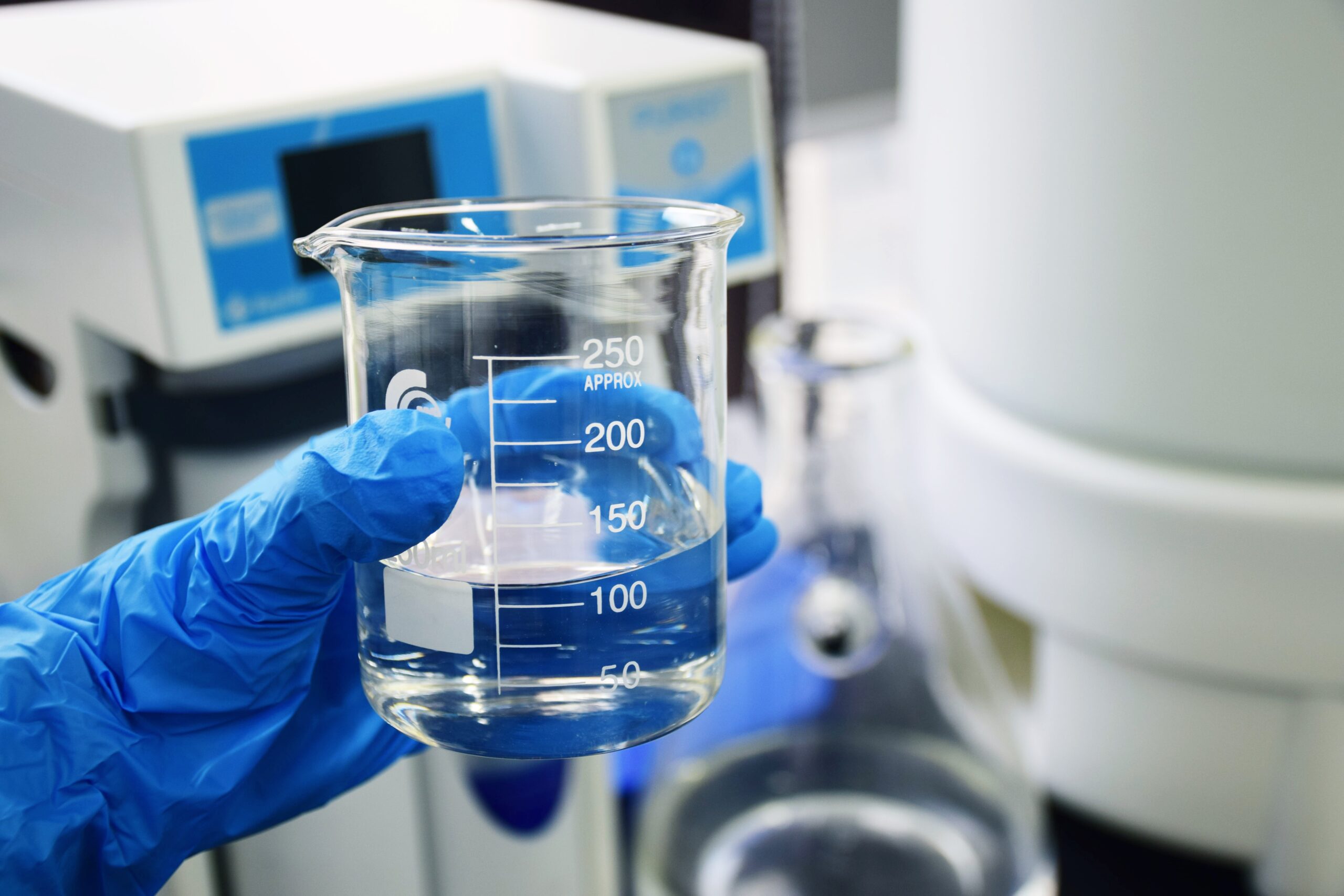
Should We Be Concerned? Yes.
This is not to say we need to be scared or paranoid about our drinking water, but, it’s important to at least do some initial due diligence and determine whether or not your water is safe to drink. There are many ways bacteria can infest our water. This post will cover the basics of what you need to know about the bacteria in your water and what you can do to prevent it.
Why Am I Writing This Article?
According to Minnesota Department of Health Well Management specialist Michael Convery, 25% of wells in Minnesota are contaminated with bacteria. In addition, the heavy rainfall Minnesota has been experiencing through the entire spring of 2013 is only making conditions worse by bringing contaminated surface waters closer to the sources of our drinking water.
What Kinds of Bacteria are Found in Drinking Water?
The most common bacteria found in our groundwater are Coliforms. Fecal Coliforms and E.Coli (Escherichia coli) are commonly found in the intestines of warm blooded animals and are a serious health hazard. Other biological organisms and disease-causing pathogens, bacteria, protozoa, and viruses are among the concerns of drinking water contamination.
City Water vs. Private Well Water
City Water
If you live in the city you are most likely receiving your water from a municipal water supply (city water). One of the biggest concerns of a municipal water supply is bacteria. Municipalities will control the presence of bacteria using disinfectants, most commonly chlorine for its ability to kill the bacteria and maintain its presence as water is traveling miles to its destination. Chlorine isn’t fool proof, though, and neither is the infrastructure. Boil water advisories are not uncommon and are the result of a potential concern or failure in the disinfection system.

A Sample From the 2011 Minneapolis Water Quality Report. Full Report Can Be Found Here
Well Water
Those of you who live outside of the service area for public water supplies have your own private well. In Minnesota, an initial test for bacteria is required when the well is constructed. Also, mortgage companies will require a potability test to be done before any lending on the property is available. Because this is your own water supply, you are responsible for your water’s safety. Water testing is relatively inexpensive and you should have your water tested for bacteria as well as other basic parameters such as lead, nitrates and arsenic. It is recommended to have this test done yearly.
Treating Bacteria
If you have found that your water supply is contaminated with bacteria, DO NOT DRINK the water and take action immediately to eliminate the threat. Common treatment methods consist of:
Shock Chlorination of the water supply
A manual chlorination of the well can eliminate bacteria but is considered a temporary solution. If the bacteria was introduced during a one-time event, such as flooding, this can be effective. However, if the source of the bacteria is being introduced directly into the water supply, a continuous treatment method is recommended. If chlorination is the selected method of disinfection, I would recommend testing the water for bacteria after chlorination, and as often as possible until it can be assumed the bacteria is not likely to return.
Ultraviolet (UV) Disinfection
UV Treatment is growing in popularity in the United States and has been a staple method of disinfection for decades across the globe. The technology is based on using ultraviolet light that penetrates and destroys the bacteria’s DNA. With minimal maintenance, UV can be used to treat the whole house or at the point of use.
The benefit of using UV disinfection is that it will not impart any taste or odor to your water supply, nor create disinfection by-products from strong chemicals such as chlorine. It will also disinfect a broader range of waterborne pathogens than chlorine (such as Cryptosporidium and Giardia, which are notoriously chlorine-resistant microbes and very difficult to treat). Treating your water 24/7 also provides a piece of mind that your water is protected at all times.
Conclusion
The most important thing to know is what is in your water. It’s easy to have it tested. Set up a free in-house water analysis with Merle’s to find out what’s in your water.

